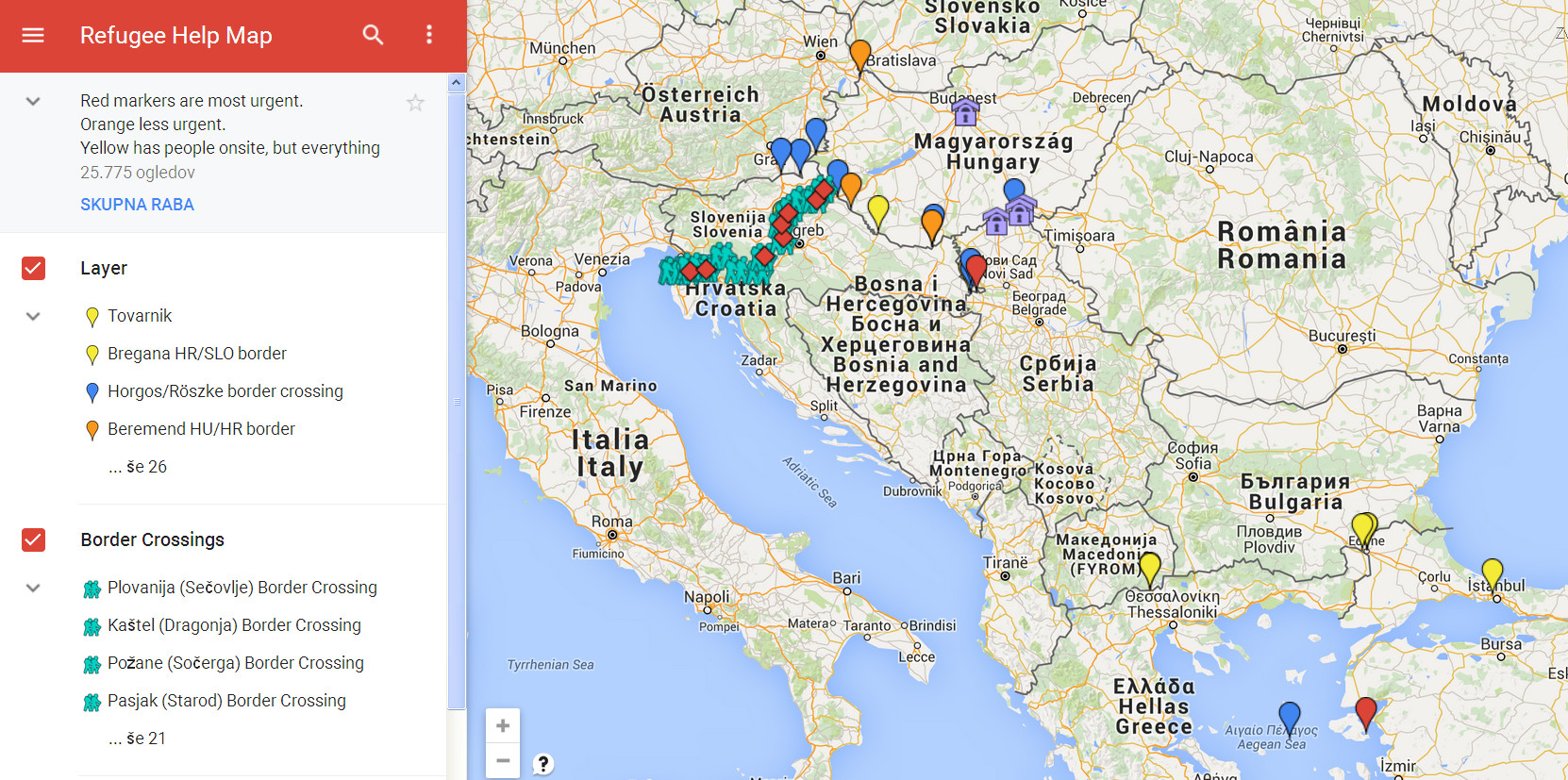Foreign and security policy was once considered as the little and forgotten brother of European integration. However, in recent years the Common Foreign and Security Policy (CFSP) as well as the Common Security and Defence Policy (CSDP) have become a central pillar of the European Union. Marking this development, a series of articles published on e-IR – summarized here – focus on the important research field of the EU’s foreign and security policy.
In Europe, we face a process of a “latent de-Europeanisation”. The influence of power or regulation of the EU decreases due to controversies in foreign policy; not just in EU foreign policy itself – but also due to the different national foreign policies of the member states. Besides that, we face a transformation process of the international system towards a multipolar system and a new shift in US foreign policy towards the Asia-Pacific. Against this background a lot of effort has been put into new research – theoretical as well as empirical – in the field of CFSP CSDP that focuses on the effectiveness and efficiency of the EU’s foreign policy. This is especially happening because of the structure of European foreign policy, where three different types of foreign policy intertwine: the national foreign policies of the EU member states, the EU CFSP and CSDP, and the EU’s external relations.
In contrast to modern European states, where democracy, freedom and prosperity have been gradually implemented during the years following the end of the Cold War – people living in developing countries are facing discrimination, oppression as well as the negative outcomes of globalization. As a result, the international community faces the break out of new violent crises, the aggravation of existing conflicts or migration due to global frustration and increasing inequities.
Against this background, the European Security Strategy defines international terrorism, the spread of weapons of mass destruction, regional conflicts, failed states and organized crime as the new security challenges. Other potential risks for traditional state-oriented security policies arise from social and cultural changes, or from global population growth and migration flows. None of these dynamic security challenges can be considered as being unique nor can be dealt with exclusively military or civilian measures. Therefore, the EU introduces a comprehensive approach. This is especially reflected in the European Security Strategy which demands a combination of civilian and military instruments within the overall framework of conflict resolution and focuses on the root causes of each specific conflict.
This is relevant with a view to the Arab Spring, as Chiara Steindler points out. Unlike many other articles dealing with this topic in the current debate, Steindler argues that the “divided reaction of the Union is a consequence of its powers rather than a deliberate choice to act or abstain from acting.” The European Member States were “paralyzed in the sectors (CSDP) where the Treaties had preserved [their] national sovereignty […] and where [their] interests diverged.” As a result, those Member States that “unanimously agreed, on the European Council, that Gadhafi should step down, had different views on to how this should happen.” To this end, “the EU was able to operate with those tools that were familiar and closer to institutional configuration: mediation buttressed by a policy of economic support in exchange for political adjustment.”
Nearly the same applies to the Malian Crisis as analysed by Mette Eilstrup-Sangiovanni. Mali was “precisely the kind of crisis that EU´s Common Foreign and Security Policy is geared to address.” Eilstrup-Sangiovanni calls for measures of the EU, where the Union’s competences are the strongest. Namely, “EU post-conflict stabilization focusses on political and legal capacity-building and economic re-development [drawing] on Community funds for long-term foreign aid rather than ad hoc voluntary contributions.” As a result, the “EU´s civilian reconstruction efforts are less prone to collective action problems and generally more efficient than its military exertions.”
The strategic objective within EU external relations today combines two elements: securing the geostrategic periphery as well as contributing to a viable international normative structure. The European Security Strategy therefore calls upon the strengthening of the international order based on the effective multilateralism. For the EU itself this requirement means the development towards an active, coherent and powerful foreign policy actor. Or, in other words, the improvement of the EU’s capacity to act effectively on the basis of a systematic use of pooled and shared assets.
Because the CFSP and CSDP are faced with major economic and financial problems requiring cuts in defence budgets, “European defence policy cannot ignore its economic dimensions”, says Keith Hartley. He argues that the precondition for pooling and sharing is trust between sovereign nations, but “whilst international agreements might form the basis for trust, they are not guaranteeing that a nation will abide by the agreement. In defence, nations cannot rely on international agreements when their national interests are threatened.” The solution would be risk taking and a selection of a “combination of national defence policy and membership of international military alliances.”
The EU has seen itself as a civilian power for a long time. It is not surprising therefore that the public debate did not really focus on the ethical consequences, for example, of the progressive use of remotely controlled vehicles. However, André Barrinha does so in his article. He notes that the “EU´s institutional design allows security and defence policies to develop outside the public attention, between agencies and commitees more or less obscure.” To address this he calls for an open debate on questions “regarding the relation between citizens, states and the European project.”
Little attention has been given to another arm of the EU´s crisis management and crisis resolution system: the growing participation of NGO´s in this field. Daniela Irrera focuses on the potential to enhance the civilian dimension of the missions in her article, arguing, that NGOs “have often served as a bridge between the EU personnel and the local communities. Cooperation with civil society can legitimate the EU external intervention and, as a consequence, enhance their effectiveness.”
Security integration “is the real test for how far the idea of an ‘ever closer Union’ might go”, argues Mai’a K. Davis Cross in her article. She sees the necessity “to open up the black box of formal decision-making [and to] examine the dynamics that occur behind the scenes in Brussels.” That is, that “knowledge-based experts […] are playing an important role in shaping the future of European security policy [because] diplomatic processes among these actors are gradually contributing to more innovations in European integration, reaching into traditionally contentious policy areas for member states.”
What do we learn from these findings? Jolyon Howorth in his article stresses out that “if CSDP is to develop into a policy area with a future, it is time to ask some probing, fundamental questions”. The most important question then would be: “What is the EU aiming to accomplish in a world undergoing power transition?” His answer is threefold: Firstly, he asks the reader to “recall why the word ‘autonomous’ in the December 1998 St. Malo Declaration was so important”. Secondly, he calls for a “deep, heart-searching re-appraisal of intervention as an activity and as a principle.” Thirdly, he raises the question of “who[m] should be part of a putative ‘core CSDP’?”
Finally, the debate on the EU’s Security and Defence Policy should not forget the theoretical dimension. That important discussion is added by Daniel Fiott in his article. He tests the liberal institutional approach as well as the arguments of constructivists and the structural realist perspective on CSDP. He concludes, that “realism still provides the most compelling IR theory when analyzing the CSDP.” In the end, the debate on EU foreign policy must contain both the theoretical analysis as well as the in-depth “heart-searching” discussions between actors, scholars and practitioners involved in the CSDP.
—
Anja Opitz is Senior Researcher (International Relations) at the Academy for Civic Education and Research Tutzing and founding member of the Middle East and International Affairs Research Group (MEIA research). In her research she focuses on Security Sector Reform, the development and operability of CFSP and CSDP with a special focus on civil-military cooperation and strategy in the area of conflict resolution. Her regional expertise includes North Africa and the Balkan countries.










